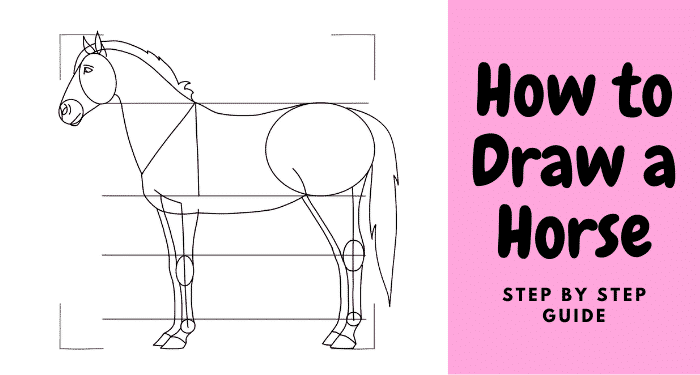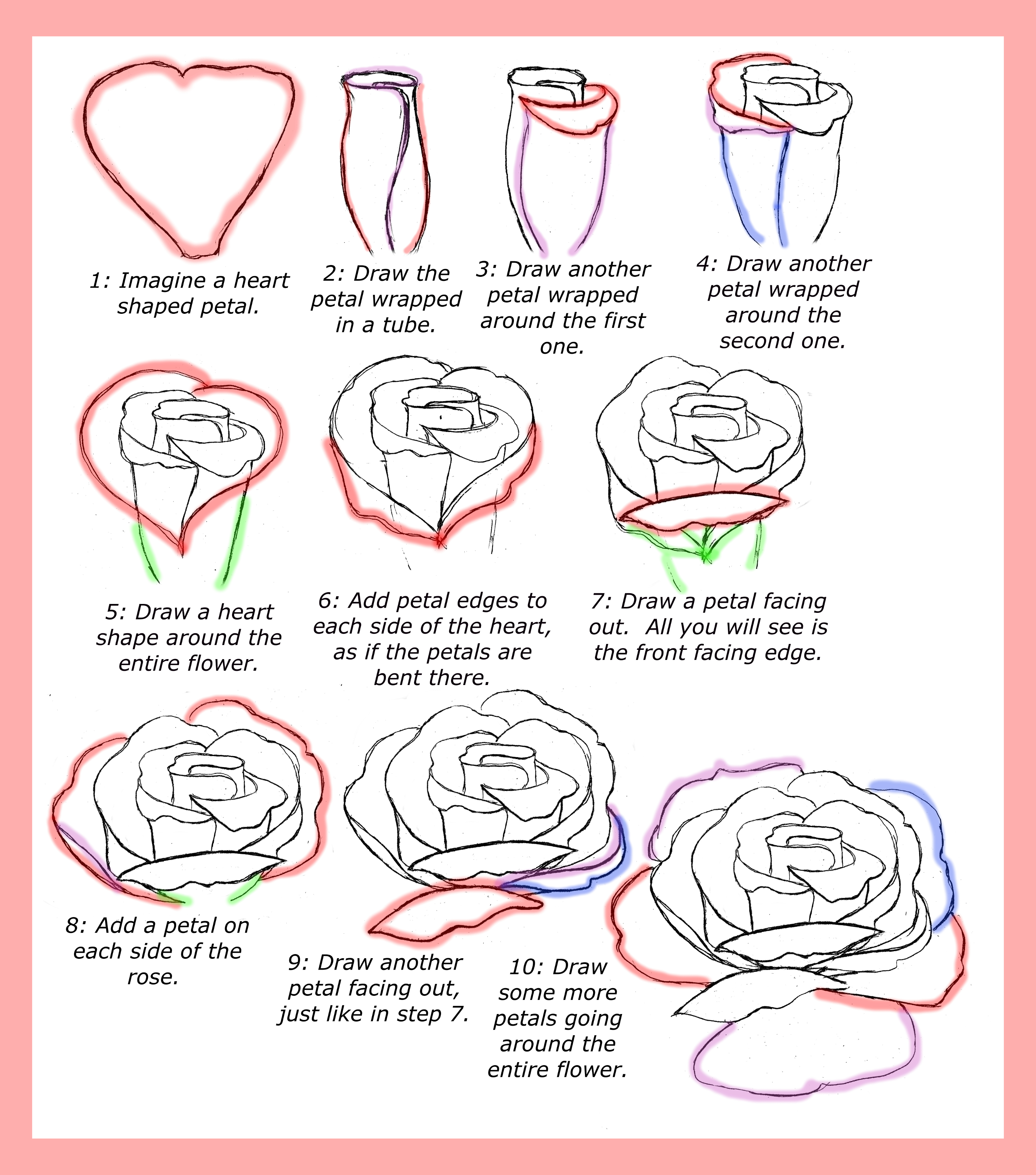Plot box outlier boxplots detection statistics medium max
Table of Contents
Table of Contents
Are you struggling with graphing your data? Look no further than boxplots! Boxplots are a simple and effective way to visualize data and identify outliers. In this post, we’ll dive into the basics of how to draw boxplots and provide some tips and tricks for creating impactful graphs.
When it comes to graphing data, it can be tough to know where to start. You may be grappling with questions like what type of graph to use, how to format your data, and what variables to include. These pain points can make graphing feel overwhelming and frustrating.
Luckily, drawing a boxplot is a straightforward process. The goal of a boxplot is to display the distribution of a dataset by showing a summary of the median, quartiles, and outliers. With this in mind, let’s break down the steps of how to draw boxplots.
To create a boxplot, you’ll first need to organize your data in a specific format. Typically, your data will consist of one variable (e.g. test scores, temperatures) that you want to examine. From there, you’ll need to find the five number summary for that variable: the minimum value, the lower quartile, the median, the upper quartile, and the maximum value. These values will be used to determine the length and placement of each part of the boxplot.
My Personal Experience with Drawing Boxplots
When I first heard about boxplots, I was intimidated by the idea of having to calculate all of these summary statistics myself. However, once I started working with the data and plugging it into a boxplot generator, I realized how simple it really was. I was impressed by how much information I could glean from just one graph and the insights it provided about my dataset.
Boxplot Targeted Explanation
Now, let’s dive into the specifics of how to draw boxplots. To get started, you’ll need to create a blank boxplot using your preferred software (Excel, R, Python, etc.). From there, you can input your data and use the summary statistics to determine where to draw each part of the boxplot. The box will be drawn around the interquartile range (IQR), which is the distance between the lower and upper quartiles. The median will be drawn as a line inside the box, and the minimum and maximum values will be represented by whiskers that extend from the box. Finally, any outliers will be plotted as individual points outside of the whiskers.
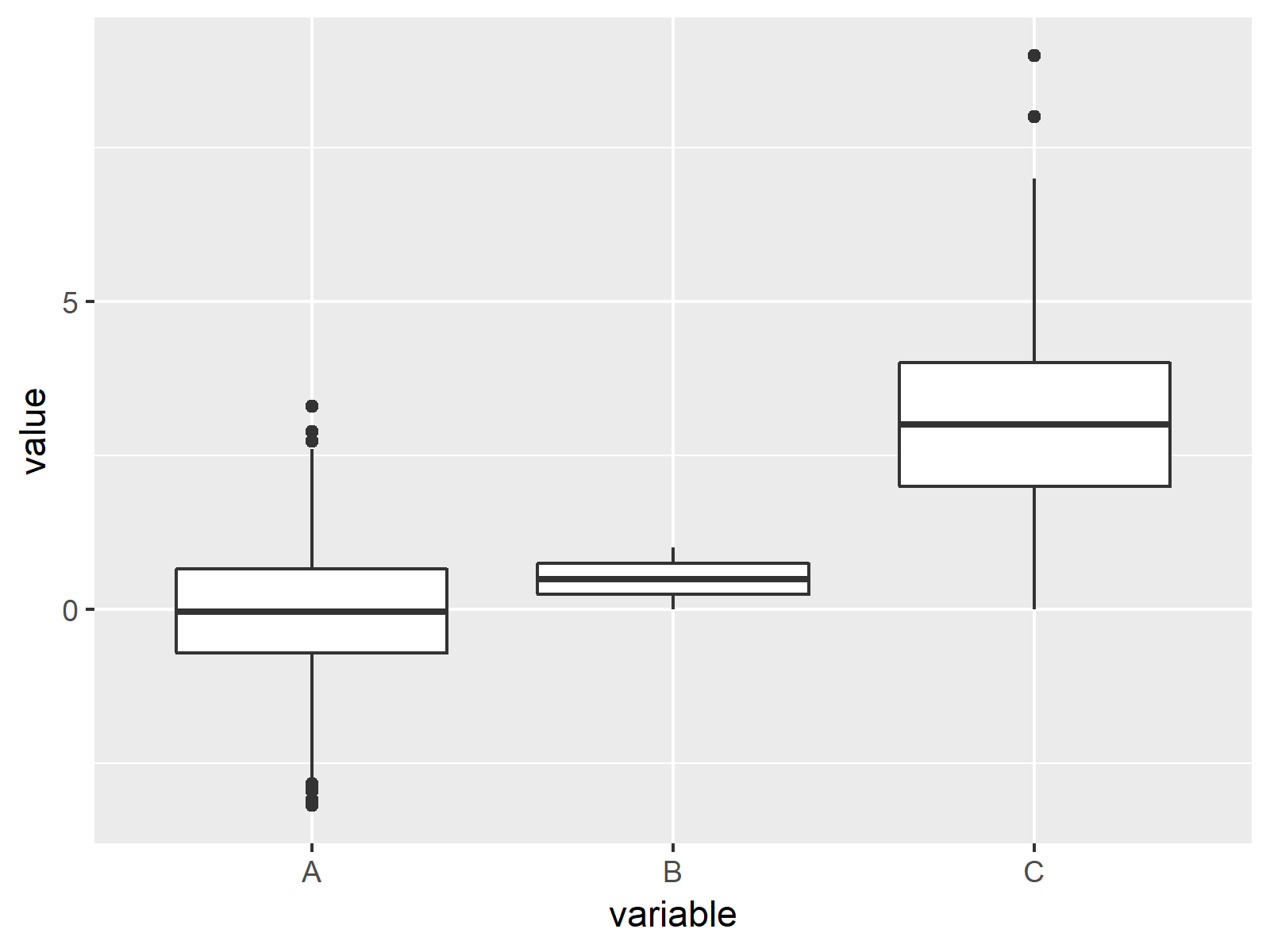 It’s important to note that not all boxplots will look exactly the same. Depending on your data, you may have a box that is very narrow, indicating that most of your values are clustered together. Alternatively, you may have a wide box that spans a large range of values. The whiskers may also be different lengths, depending on the range of your data and whether any outliers are present.
It’s important to note that not all boxplots will look exactly the same. Depending on your data, you may have a box that is very narrow, indicating that most of your values are clustered together. Alternatively, you may have a wide box that spans a large range of values. The whiskers may also be different lengths, depending on the range of your data and whether any outliers are present.
Using Boxplots for Data Analysis
So, now that you know how to draw boxplots, how can you use them to analyze your data? One of the biggest benefits of boxplots is that they make it easy to visualize how your data is distributed. If you have a narrow box with short whiskers, you can infer that your data is tightly clustered around the median. Conversely, if you have a wide box with long whiskers, you may have more variation in your data.
 Another advantage of boxplots is that they help you identify outliers. These data points fall outside the range of the whiskers and are often seen as potential anomalies. By identifying and analyzing these outliers, you can gain a deeper understanding of your data and potentially uncover some interesting insights.
Another advantage of boxplots is that they help you identify outliers. These data points fall outside the range of the whiskers and are often seen as potential anomalies. By identifying and analyzing these outliers, you can gain a deeper understanding of your data and potentially uncover some interesting insights.
The Role of Boxplots in Statistical Analysis
Boxplots are a key tool in statistical analysis, as they allow you to quickly visualize the distribution of your data and identify potential outliers. They are often used in conjunction with other statistical tests and analyses to help draw conclusions about a dataset. By incorporating boxplots into your analysis, you can gain a better understanding of the data and make more informed decisions.
Tips for Creating Impactful Boxplots
If you want to make your boxplots stand out, there are a few tips and tricks you can use:
- Choose colors that are visually appealing and easy to interpret
- Add labels or annotations to provide context and explain what each part of the boxplot represents
- Include multiple boxplots on the same graph to compare different datasets or variables
- Experiment with different settings, such as changing the width of the box or the length of the whiskers
Question and Answer
What types of data are best suited for boxplots?
Boxplots are most effective when you have one variable with a large range of values or a dataset with multiple outliers. They are not as useful when you have a small amount of data or data that is already tightly clustered.
How do you interpret a boxplot?
To interpret a boxplot, you’ll want to look at the length of the box, the length of the whiskers, and the location of any outliers. These factors will help you understand the distribution of the data and identify any potential outliers.
What is the difference between a boxplot and a histogram?
While both boxplots and histograms are used to represent data visually, they do so in different ways. A histogram shows the frequency of each individual value or range of values, while a boxplot summarizes the distribution of the data based on summary statistics.
Can you create a boxplot with categorical data?
No, boxplots are designed to show the distribution of quantitative data. If you have categorical data, you may want to consider using a bar chart or other type of graph instead.
Conclusion of How to Draw Boxplots
Overall, boxplots are a powerful tool for visualizing data and gaining insights into a dataset. By following these tips and best practices for how to draw boxplots, you can create impactful and informative graphs that help you make data-driven decisions.
Gallery
Draw Multiple Boxplots In One Graph | Base R, Ggplot2 & Lattice
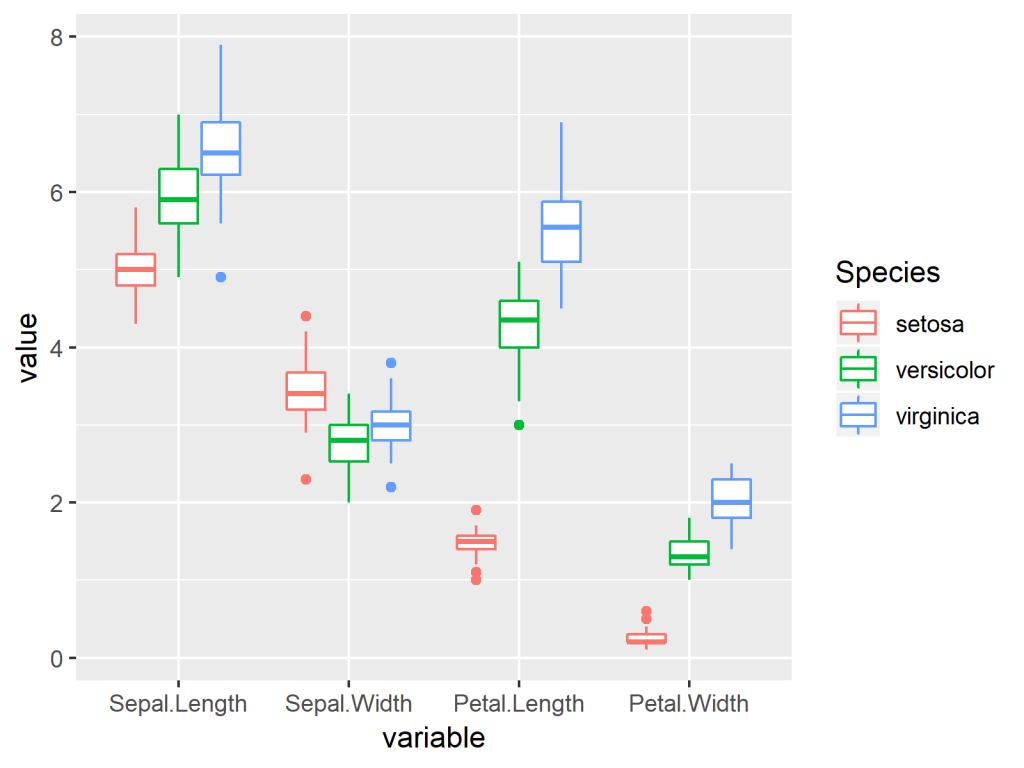
Photo Credit by: bing.com / boxplots boxplot ggplot ggplot2 examples lattice
Box Plot Versatility [EN]
![Box Plot Versatility [EN] Box Plot Versatility [EN]](https://static.wixstatic.com/media/d8f2a2_9145126c21604cd8835487cff0bd14a8~mv2.png/v1/fill/w_1000,h_832,al_c,usm_0.66_1.00_0.01/d8f2a2_9145126c21604cd8835487cff0bd14a8~mv2.png)
Photo Credit by: bing.com / quartile interpretation versatility median
Box Plots - National 5 Maths
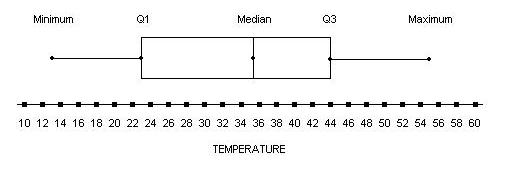
Photo Credit by: bing.com / box plots median numbers plot math data number points minimum highest variation spread which representations finding pictorial displaying sets information
Draw Multiple Boxplots In One Graph | Base R, Ggplot2 & Lattice

Photo Credit by: bing.com / boxplots boxplot ggplot2 shown
Outlier Detection With Boxplots. In Descriptive Statistics, A Box Plot
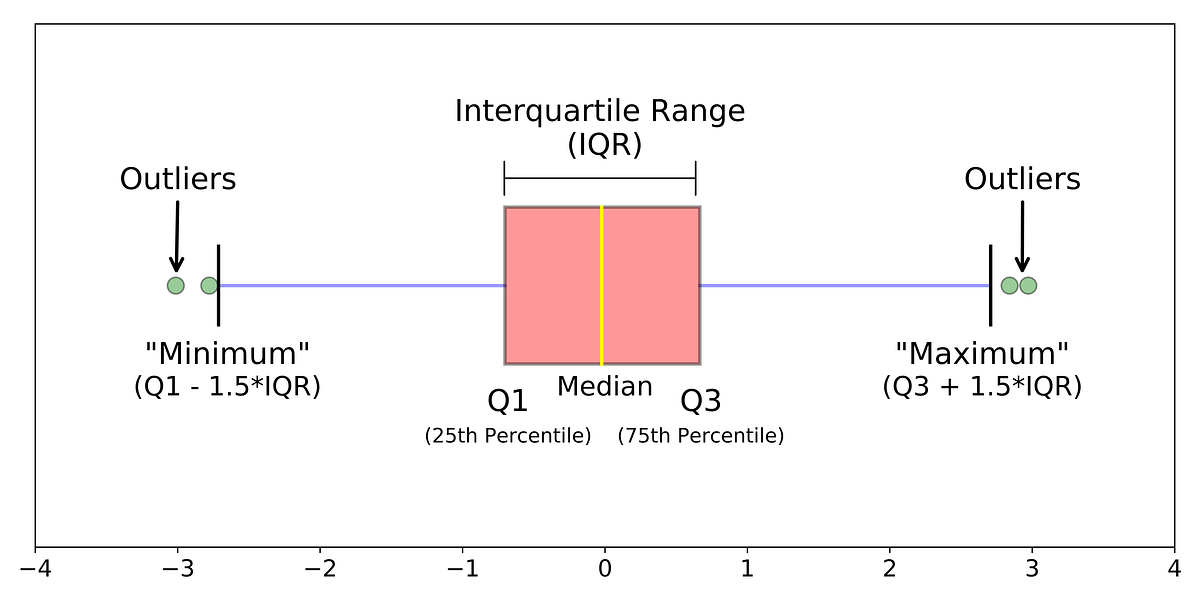
Photo Credit by: bing.com / plot box outlier boxplots detection statistics medium max

